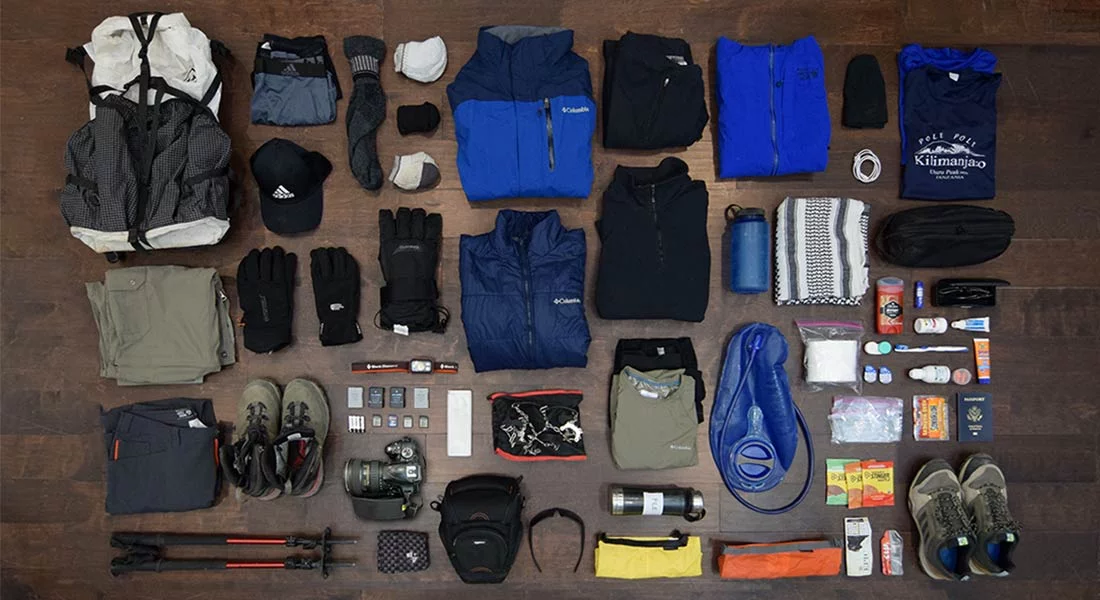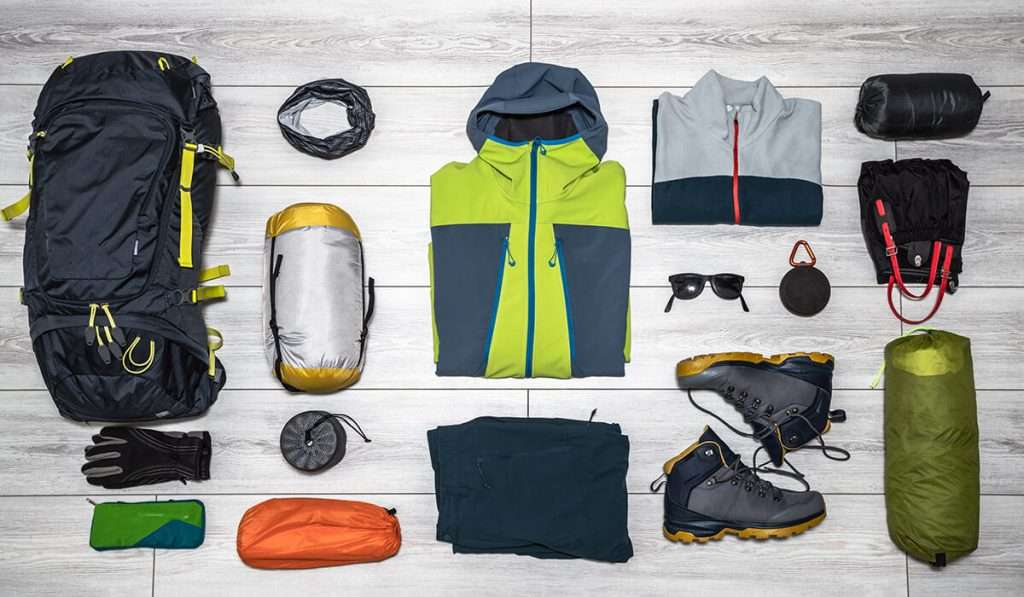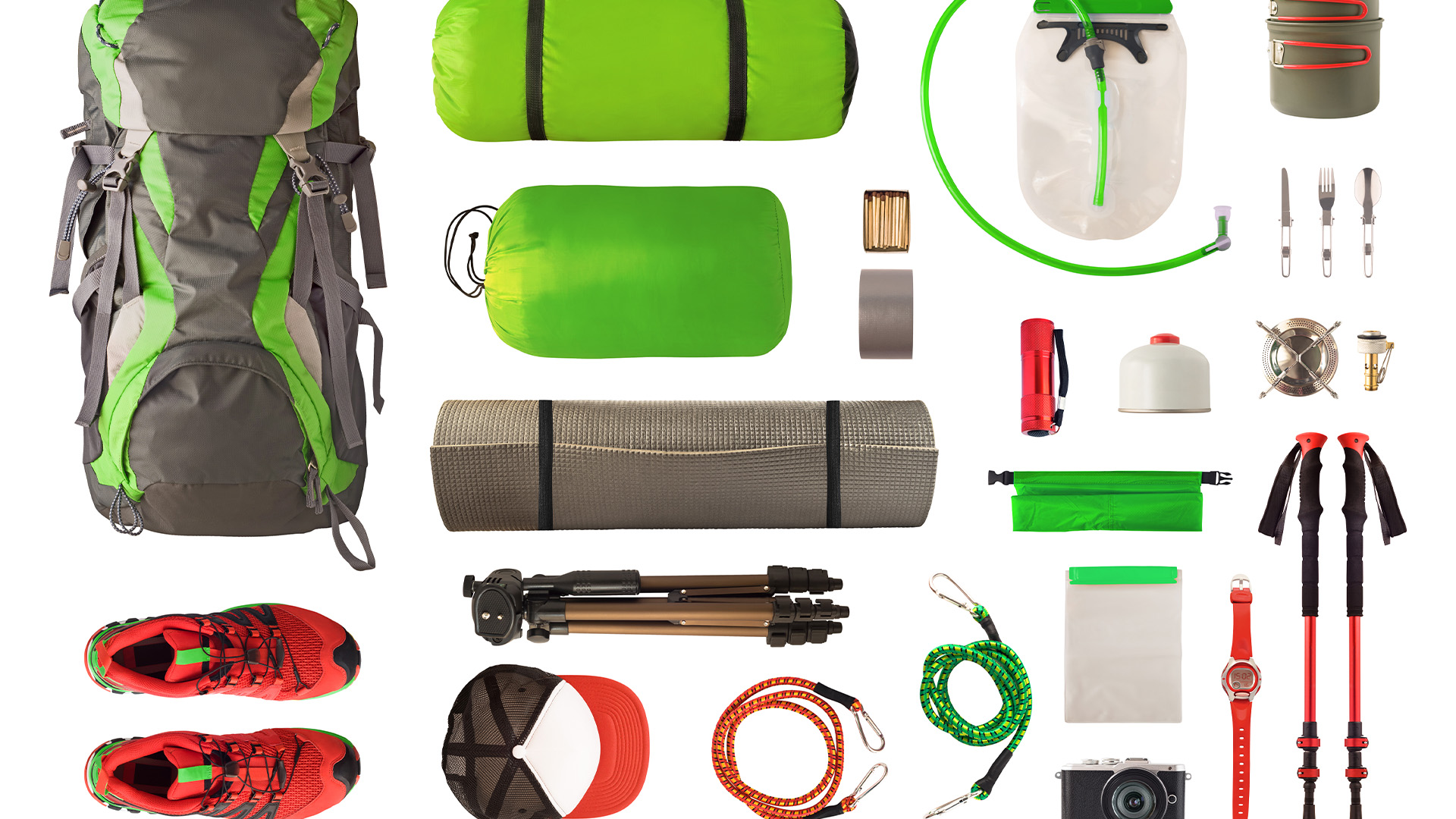Essential Packing List for Climbing Mount Kilimanjaro
Essential Packing List for Climbing Mount Kilimanjaro
Climbing Mount Kilimanjaro is a true adventure of a lifetime. But success on the mountain doesn’t just depend on your fitness and determination—it also relies heavily on having the right gear. Packing properly will keep you warm, dry, comfortable, and prepared for every stage of the climb, from the humid rainforest to the icy summit.
This guide covers all the essential gear you need for Mount Kilimanjaro, divided into categories for easier planning.
1. Clothing
Kilimanjaro’s five climate zones mean you’ll face everything from hot and humid conditions to freezing summit nights. Layering is the key.
Base Layer (Moisture-Wicking):
Thermal tops and leggings (synthetic or merino wool).
Mid Layer (Insulation):
Fleece jacket or light down jacket.
Outer Layer (Shell):
Waterproof, windproof jacket and pants (Gore-Tex or similar).
Summit Layer:
Heavy down jacket for summit night.
Trekking Pants/Shorts:
Convertible hiking pants (lightweight, quick-dry).
T-shirts:
Moisture-wicking, not cotton.
Underwear:
Quick-dry or merino.
Warm Hat & Balaclava:
Essential for summit night.
Gloves:
Lightweight trekking gloves + insulated summit mittens.
Socks:
Several pairs of thermal and trekking socks.
Gaiters:
Useful during rainy season and on dusty trails.

2. Footwear
Your boots will carry you to the summit—choose wisely.
Hiking Boots:
Waterproof, broken-in, with good ankle support.
Camp Shoes / Sandals:
For evenings at camp (lightweight and breathable).
Trekking Gaiters:
Keep mud, dust, and stones out of your boots.
3. Sleeping Gear
Even though most tours provide tents and sleeping mats, you’ll need your own sleeping bag.
Sleeping Bag:
Rated to at least -10°C to -15°C (four-season or expedition bag).
Sleeping Bag Liner:
Adds warmth and keeps bag clean.
Pillow (Optional):
Small inflatable or compressible travel pillow.
4. Bags and Backpacks
Duffel Bag (80–100L):
Carried by porters, waterproof with lock.
Daypack (30–35L):
For water, snacks, layers, and essentials you’ll carry yourself.
Rain Cover:
For both duffel and daypack.
Dry Bags / Stuff Sacks:
Keep gear organized and dry.
5. Trekking Gear
Trekking Poles:
Adjustable, lightweight—help with balance and reduce knee strain.
Headlamp:
With spare batteries (essential for summit night).
Water Bottles / Hydration Bladder (3L total):
Insulated bottle for summit night to prevent freezing.
Sunglasses:
High UV protection.
Water Purification Tablets (optional):
Your operator provides boiled water, but good to have backup.

6. Personal Items
Travel Documents:
Passport, visa, park permits (organized by your operator).
Cash:
For tips, souvenirs, or emergencies.
First Aid Kit:
Blister treatment, painkillers, personal medication.
Toiletries:
Toothbrush, biodegradable soap, wet wipes, hand sanitizer.
Sunscreen (SPF 50+) & Lip Balm (SPF):
Essential at high altitude.
Towel:
Lightweight, quick-dry.
Camera / Phone + Power Bank:
Solar charger recommended for longer treks.
7. Optional but Useful Extras
Portable Altimeter / Watch:
To track progress.
Notebook & Pen:
For journaling your adventure.
Snacks / Energy Bars:
Great for summit night.
Hot Water Bottle:
Can be filled at camp to keep sleeping bag warm.
Packing Tips
Pack in layers so you can easily adjust to changing climates.
Use dry bags inside your duffel for extra protection.
Don’t overpack—porters have weight limits (usually 15 kg per climber).
Break in your boots before arriving to avoid blisters.
Label your gear for easy identification.

Packing the right gear for Mount Kilimanjaro ensures your climb is not only successful but also enjoyable. From the humid rainforest at the base to the icy summit of Uhuru Peak, being prepared for all conditions is key.
At Lumika African Safari, we provide detailed packing checklists, gear rental options, and guidance to make sure you’re fully ready for the challenge. With the right preparation, you’ll be free to focus on what really matters: the incredible experience of standing on the Roof of Africa.
